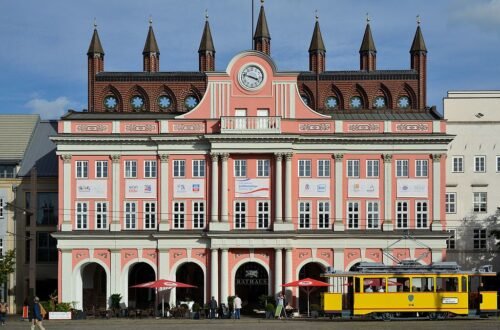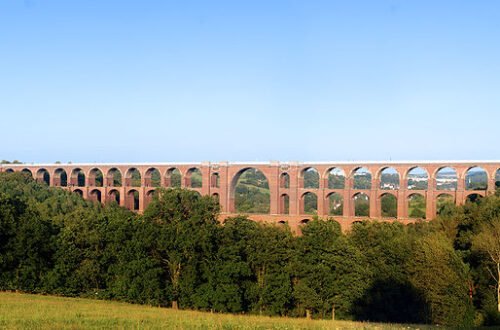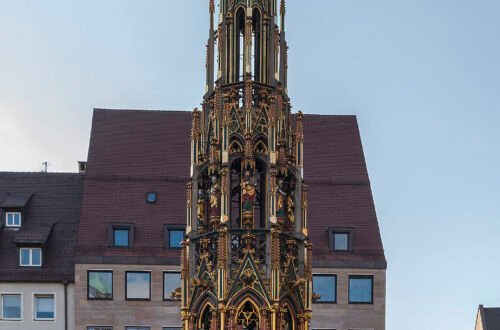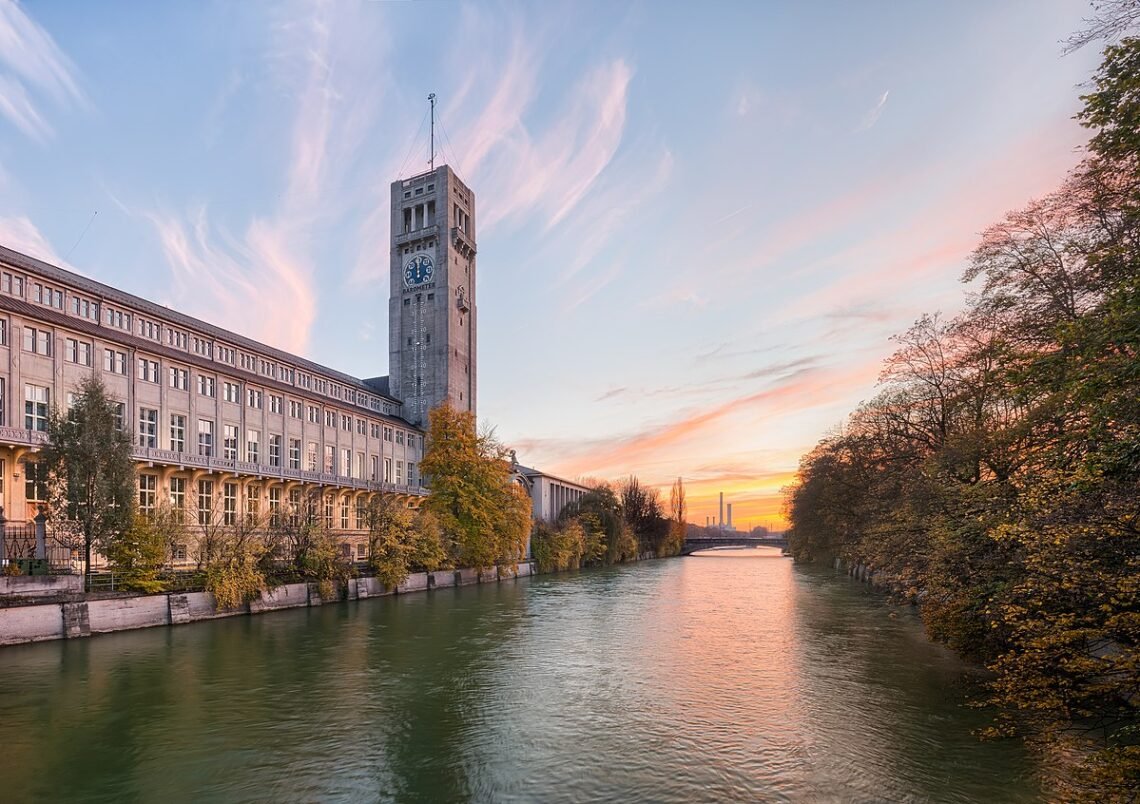
15 Best Things to See in Munich (Germany)
The capital of Bavaria is a medley of well-known landmarks, lavish Baroque churches, and top-notch museums. Munich’s Kunstareal is a collection of art museums that contains so many masterpieces that it can be overwhelming to start. These priceless collections were gathered by the Wittelsbach rulers who controlled Bavaria up to the 20th century, and a week would never be enough to see them all. Their palaces are two of the many magnificent structures in the city to admire, and from the tops of the Rathaus and St. Peter’s Church, you can see the Alps. Munich is also the home of several well-known German exports, including BMW, FC Bayern, and the legendary Oktoberfest, an annual celebration lasting more than two weeks and centred around beer. Let’s examine the top activities in Munich:
- Marienplatz
- Neues Rathaus
- Asam Church
- Deutsches Museum
- Alte Pinakothek
- Theatine Church
- Lenbachhaus
- BMW Museum
- Pinakothek der Moderne
- Englischer Garten
- The Bavarian National Museum
- Munich Residenz
- Frauenkirche
- St. Peter’s Church
- Neue Pinakothek
Marienplatz
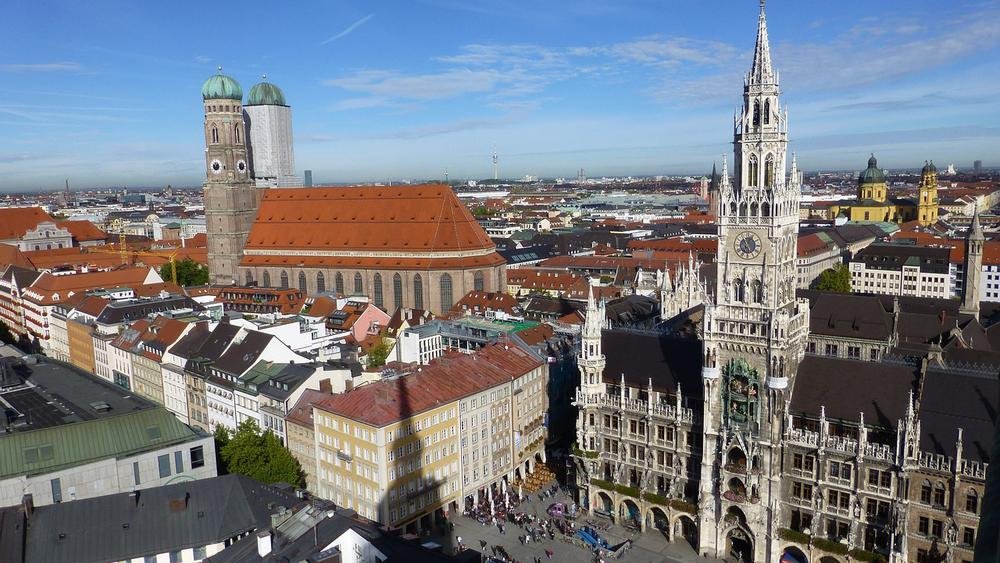
Marienplatz in front of the Neues Rathaus will always be crowded with residents and visitors out shopping, touring, or simply taking in the city. The Marian column that was erected here in the 17th century gave the square its name. It has been the city’s focal point since the 12th century. The monument, which dates to 1638, honours the Swedish army’s departure from Munich during the Thirty Years’ War. Older still is the golden statue at the top, which depicts Mary as the Queen of Heaven on a crescent moon and was created in 1590. It was the first Marian column built north of the Alps and the prototype for numerous other structures of a similar design in Bavaria and Central Europe. Come in December to experience the bustling Christmas market.
Neues Rathaus
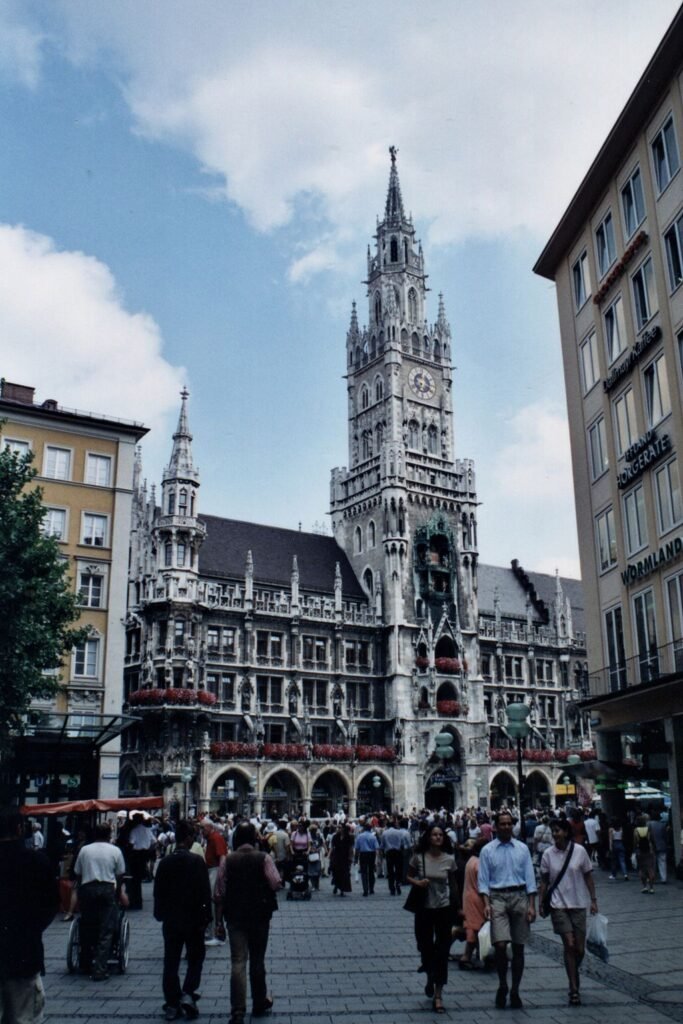
Munich’s town hall, located on Marienplatz, is a Gothic Revival marvel and a building fit for the city. It is a popular subject for postcards. The front is adorned with pinnacles, niches with tiny trefoil arches, and statues of the first four Bavarian kings on the bay of the tower. Between 1880 and 1900, the population of Munich more than doubled, and the Neues Rathaus, which had been constructed in 1874, needed to be expanded less than 20 years later. You can go inside to scale the 85-metre tower, which was added to the structure and now has 400 rooms. On clear days, you can see the Alps from this facade, which is 100 metres long. Every day since 1908, the Glockenspiel has chimed at 11:00, 12:00, and 17:00 (from March to October), with automatons enacting scenes from the 1600s.
Asam Church
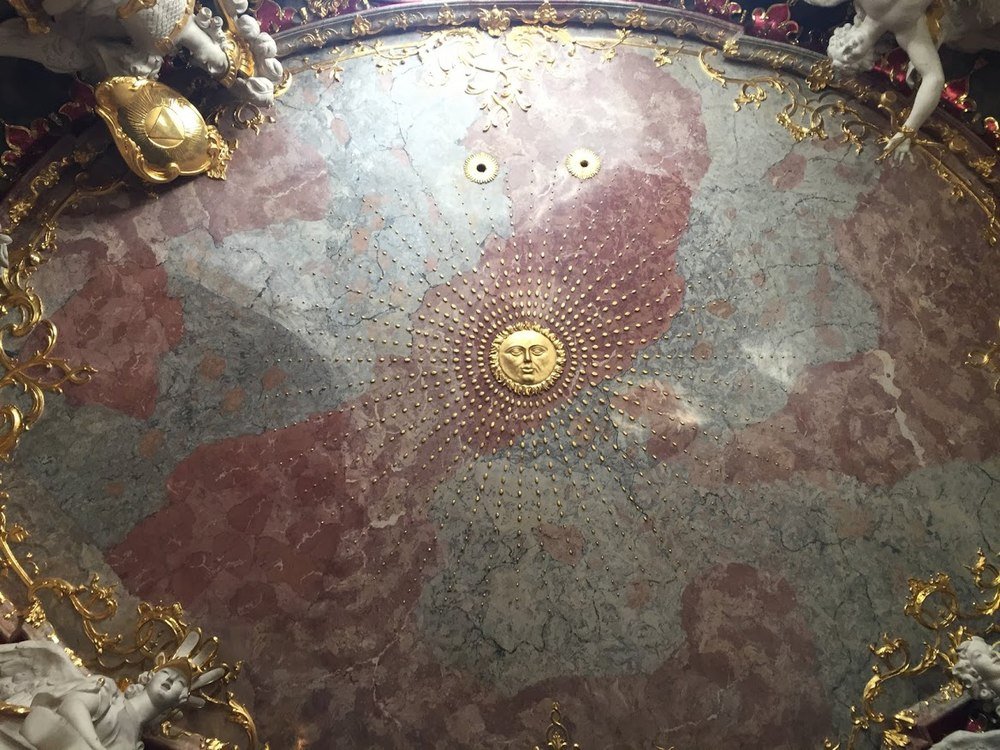
A beautiful Late Baroque church nestled between two nearby structures is a short stroll from the Sendlinger Tor, at the southernmost point of old Munich. The brothers Asam, one a painter and the other a sculptor, were the architects and designers of the Asam Church in the middle of the 18th century. The fact that the church was a private chapel independent of any particular religious order is interesting. This, together with the restricted area, allowed the brothers to deviate from some of the traditional Baroque design and layout conventions. For instance, the crucifix opposite the pulpit is hanging exceptionally low, and the church faces west. One of the most notable structures in the German Late Baroque style is characterised by these peculiarities, as well as the quality of the radiant ceiling frescos and workmanship in the stuccowork along the nave.
Deutsches Museum
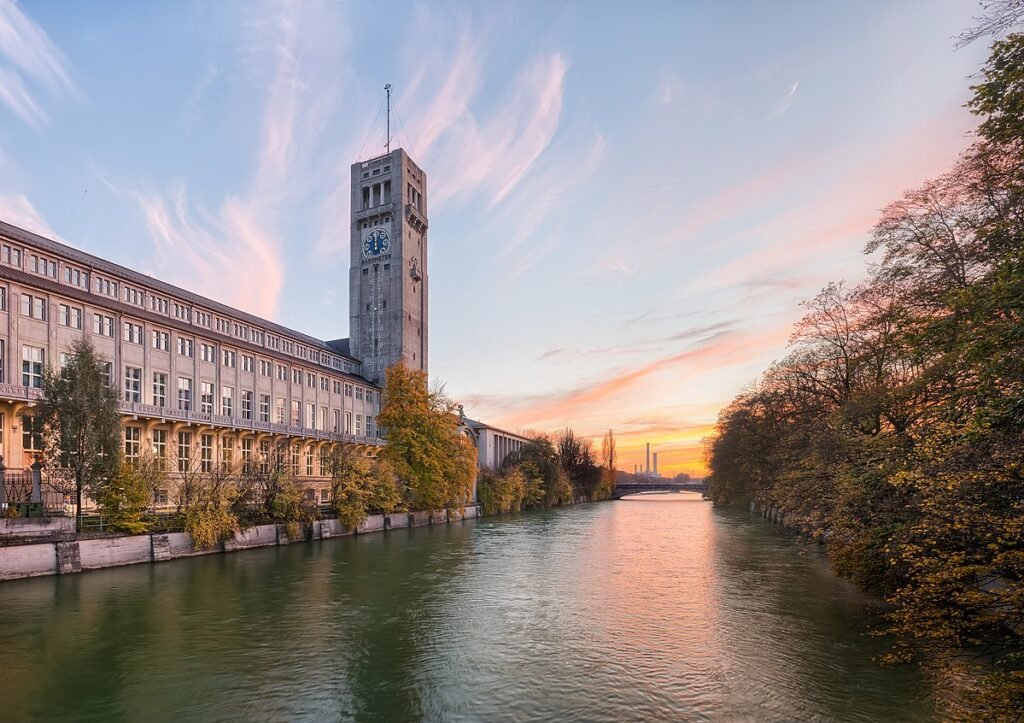
The Deutsches Museum, like the Alte Pinakothek, could easily keep you entertained for a full day. The museum, known as the Museumsinsel, is located on the Isar and charts the advancement of science and technology in Germany. The wide range of topics covered in these galleries, including hydraulic engineering, aerospace and astronomy, and nanotechnology, will keep you interested. If you only have a few hours, you’ll need to organise your time and concentrate on one or two activities. Each field includes attractive, fully interactive exhibits that beckon children to press buttons, turn wheels, and pull levers. The museum never shies away from the intricate details, even if it caters to younger brains and even has a delightful kids’ zone.
Alte Pinakothek
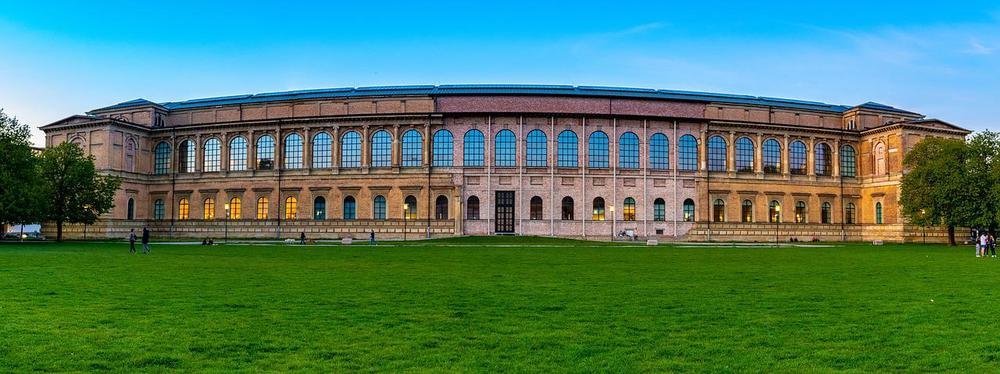
The Alte Pinakothek is among the oldest art museums in existence, having opened its doors in 1836. The Neo-Renaissance style of the museum would serve as a template for galleries that sprang up in Brussels, Rome, and St. Petersburg. All of it was put in place by King Ludwig I to contain the outstanding collection that the Wittelsbach dynasty had amassed since Duke Wilhelm IV began collecting in the 1500s. The result is over 800 exquisite paintings from the 1200s to the 1800s, produced in Germany, France, the Netherlands, Belgium, Italy, and Spain. The focus is on the masters, with multiple paintings each by Peter Paul Rubens, Albrecht Dürer, and Van Dyck. And among the many illustrious names you’ll come across along the route are Rembrandt, Hieronymus Bosch, Hans Baldung Grien, Titian, Leonardo da Vinci, and Titian.
Theatine Church
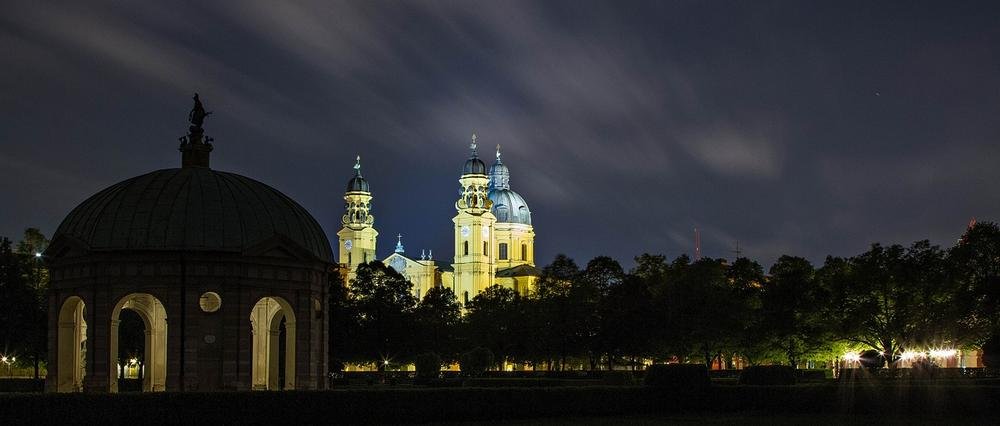
The stunning yellow facade of the Theatine Church, built in the 17th century, welcomes visitors to Odeonplatz. The Baroque architecture of Sant’Andrea Della Valle in Rome served as inspiration for the baroque architecture of this monument, which was created by Italian architects. Spend some time admiring the painted façade’s numerous niches, reliefs, Doric columns, and Ionic pilasters. Henriette Adelaide of Savoy made a holy promise in exchange for the chance to bear the Elector Ferdinand Maria, a crown prince. Look for the 1688 black timber pulpit, the 1722 altar with pictures of the evangelists, and the Wittelsbach family crypt as you enter the building through the doors.
Lenbachhaus
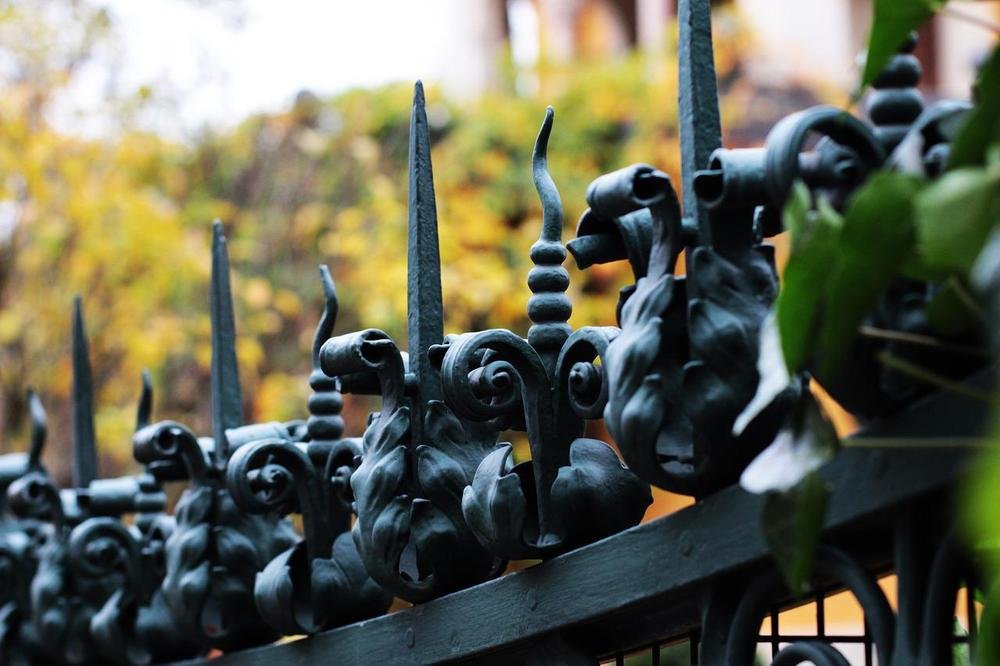
Munich had a thriving and significant art scene at the beginning of the 20th century when the Blue Rider group upended the established academies. The Lenbachaus is filled to the brim with works by prominent Expressionists who were members, including Kandinsky, Franz Marc, Gabriele Münter, and August Macke. There is also a tonne of modern artwork by artists like Jenny Holzer, Andy Warhol, and Gerhard Richter. The list of Munich-based artists featured in the museum dates back to the Gothic painter Jan Polack and includes portrait artists Georg Desmarées, Carl Anton Joseph Rottmann, and Carl Spitzweg, a leading figure in the Biedermeier movement. The portrait painter Franz von Lenbach, who ordered the structure in the 1880s, is honoured with the name “Lenbachhaus.” A new wing with copper and aluminium tubes on it was added in 2013.
BMW Museum
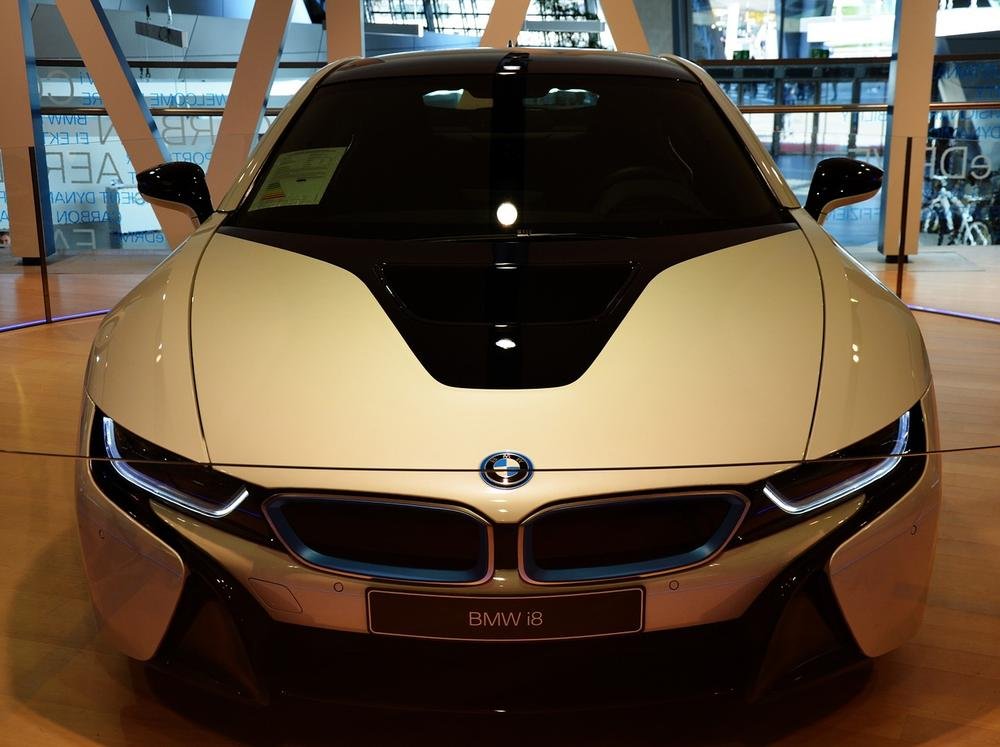
The futuristic museum structure in front, sometimes referred to as the “salad bowl,” was designed by Karl Schwanzer, the same architect who created the renowned BMW Headquarters. The showrooms are airy, spacious, and casually cool as you travel through the brand’s technological development. There are vintage cars, aircraft, motorcycles, turbines, engines, and outlandish concept vehicles from the last two decades, all of which are accompanied with information via multimedia. Did you know Elvis Presley owned a BMW? He did, and it’s on display here.
Pinakothek der Moderne
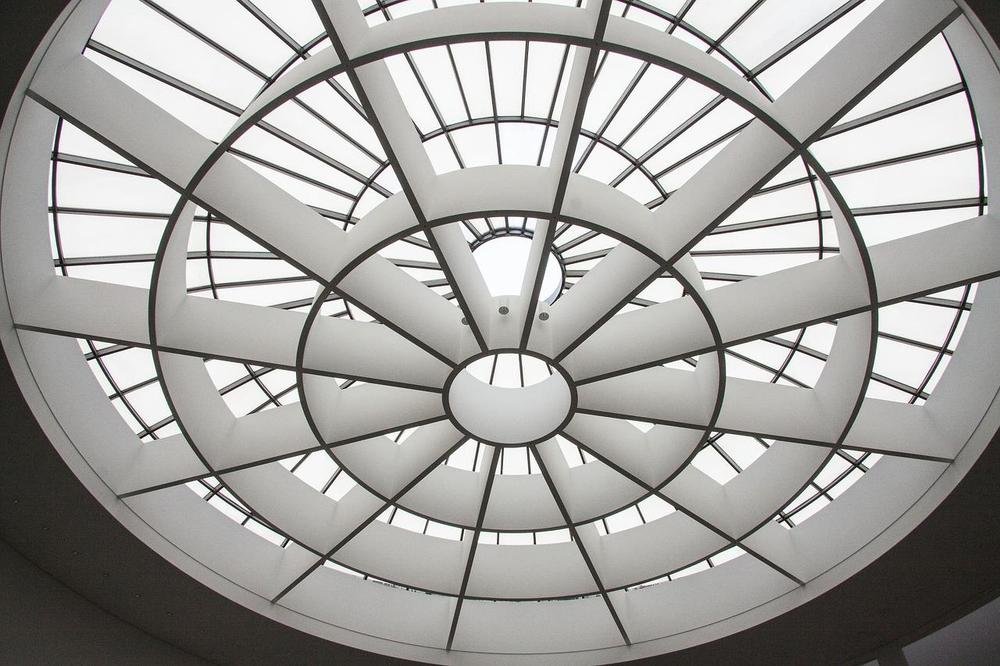
Munich’s modern art museum, also referred to as the “Dritte” (third) Pinakothek after the Alte and Neue Pinakothek, is equally important. The galleries are extensive and well-stocked with works by the most renowned artists of the past 100 years, just like their neighbours in Kunstreal. The Expressionism show from the Brücke and Blaue Reiter groups is the highlight, and everyone will be familiar with painters like Kirchner, Kandinsky, Klee, Franz Marc, and Emil Nolde. You can find Francis Bacon, Braque, Otto Dix, Picasso, Magritte, Max Ernst, and Joan Miró among the remaining Modernism galleries. The modern galleries, which are filled with work by artists like Lucio Fontana, Andy Warhol, Sigmar Polke, and David Hockney, will then take you from the 1960s to the present. In addition to all of this, there are exhibitions of photography, drawings, architecture, and applied art/industrial design.
Englischer Garten
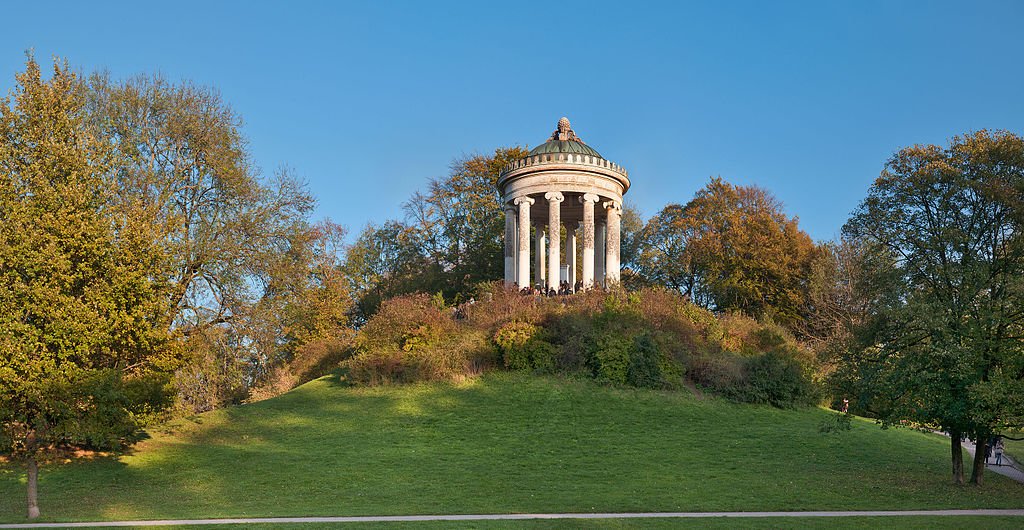
You’ll be surprised by the vastness of the Englischer Garten while looking at a city map. The park, which dates back to the 18th century, starts on the left bank of the Isar in the north behind the Residenz and seems to never end. One of the largest urban parks in the world, bigger than Central Park in New York, this stretch of lawns, tree groves, grazing, canals, and a lake is 370 hectares. There are several interesting minor attractions to see, like a Japanese teahouse that was installed for the Olympics in 1972 and a Chinese tower that was built in 1790 and was modelled after the pagoda in Kew Gardens. However, surfing is something you might not have imagined to encounter: Yes, there is a strong stream in the artificial Eisbach River that creates a static wave that skilled riders can ride for up to a minute at a time.
The Bavarian National Museum
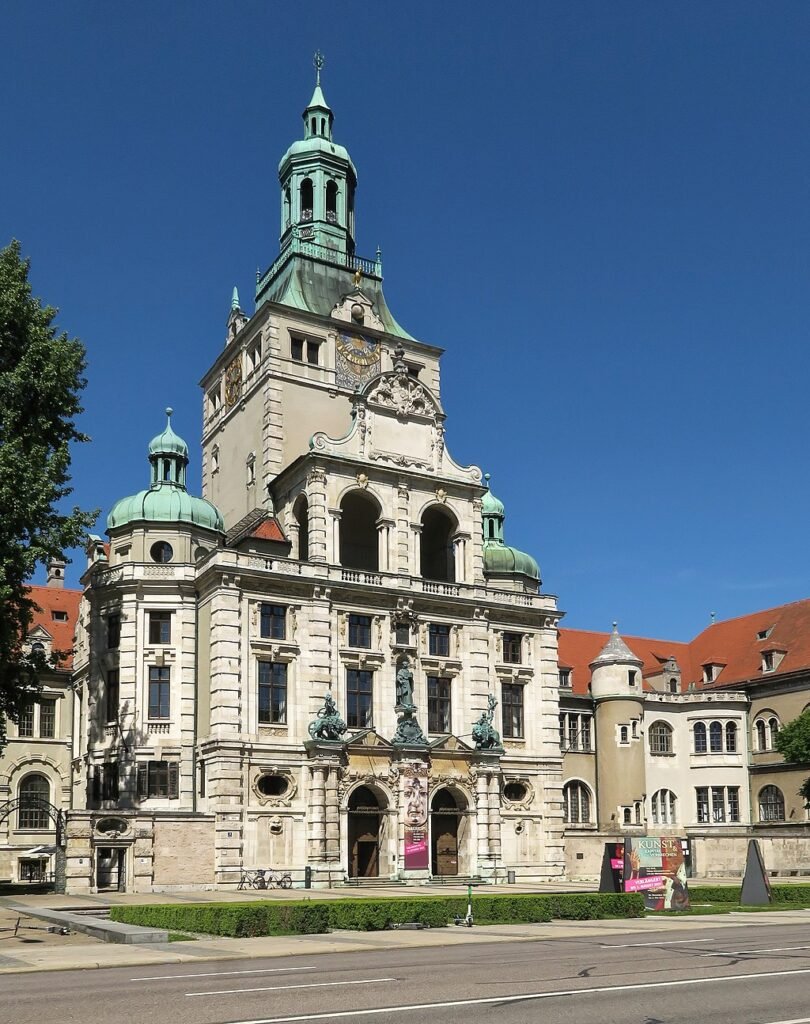
The Bavarian Museum, which King Maximilian II opened in 1855, is another cultural attraction that requires a lot of time. It has more than 40 rooms filled with decorative items dating from antiquity to Art Nouveau at the beginning of the 20th century. There is faience, weapons, armour, porcelain, oil paintings, musical instruments, furniture, clocks, costumes, tableware, and much more. The Bollert Collection is a treasure trove of Late Gothic and Renaissance art.
Munich Residenz
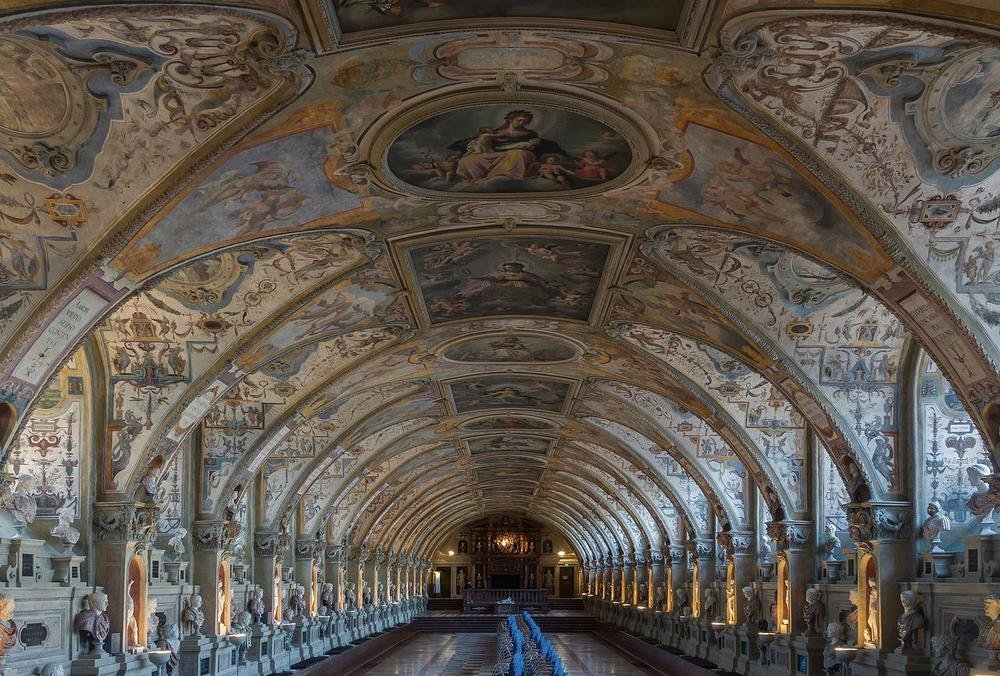
A magnificent palace complex with ten courtyards and 130 rooms was created from what started as a castle for the Wittelsbach rulers in the 14th century on the outskirts of the city. The Renaissance, Baroque, Rococo, and Neoclassical styles were all used by succeeding dukes, emperors, princes, and monarchs to make impressive statements. The Munich Residenz is a spectacle best experienced over the course of numerous visits, given the vastness of the palace and the calibre of its artwork. The richly decorated Antiquarium dinner hall, the Italian Renaissance Grotto Courtyard, and the gilded mouldings in the Baroque Ancestral Gallery are a few other must-see attractions.
Frauenkirche

Munich has beautiful churches, but none have the sense of the scale of the Frauenkirche from the fifteenth century. It is a landmark in Munich. Its pair of towers are topped with onion domes, and no new structure may rise higher than its 109-meter height. The church’s architecture is renowned for being understated, with few window openings and bare walls that evoke awe. The Frauenkirche was damaged during the war, but there is still a tonne of original or restored art to be found inside. Some of the stained glass windows are from the medieval church that was on the spot before this one, and the choir stalls from the beginning of the 16th century are carved with busts of the prophets and apostles. There is also a monument honouring Louis IV, a Holy Roman Emperor who ruled in the fourteenth century. At the entrance, you can observe a shoe-shaped imprint that the devil is said to have left.
St. Peter’s Church
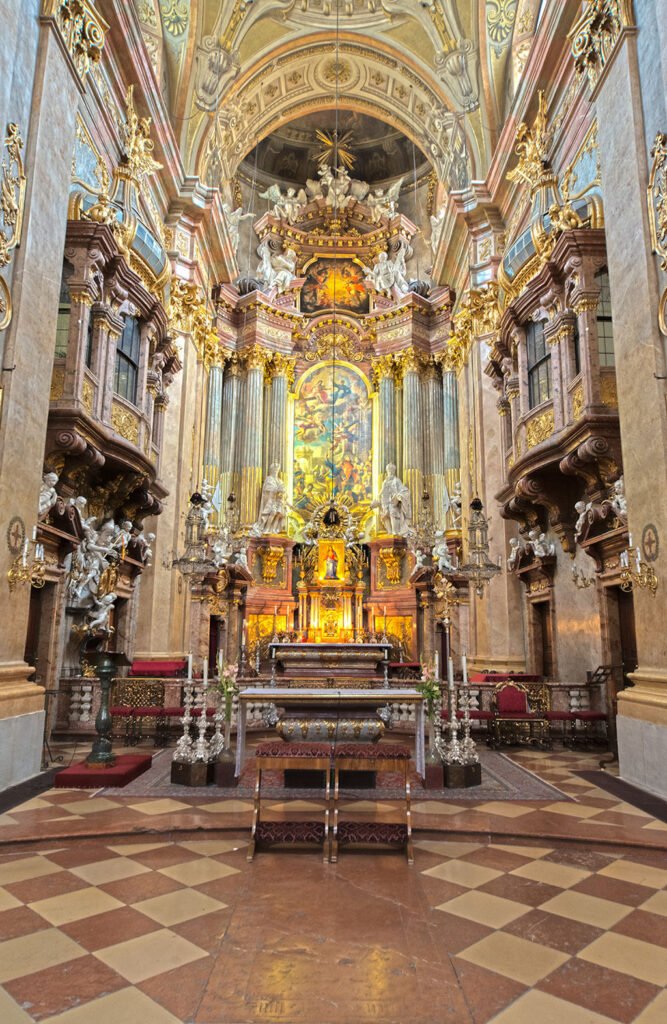
The oldest church in Munich was first constructed towards the end of the 1100s and burned to the ground in 1347. St. Peter’s has Renaissance and Baroque characteristics because the reconstruction was done in the Gothic style and there have been numerous additions over the years. This blending of styles is evident in the artwork as well, with magnificent Late Baroque ceiling frescoes by Johann Baptist Zimmermann sitting under 15th-century Gothic paintings by Jan Polack. Visit the high altar for a closer look at the statue of St. Peter that Erasmus Grasser created at the beginning of the 16th century. St. Peter’s Church, which is perched atop Petersbergl, is worth climbing for the opportunity to use a telescope to point out some of Munich’s landmarks. The tower has 299 steps.
Neue Pinakothek
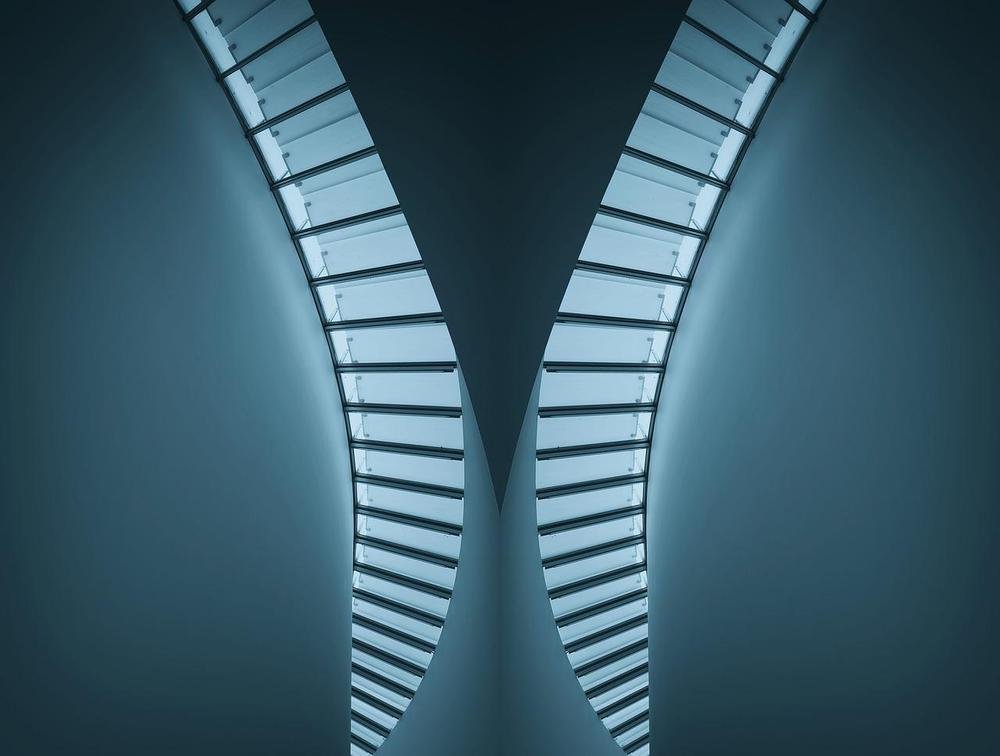
I also had a keen eye for 19th-century modern art and gathered many priceless works from the era. The Neue Pinakothek has 400 paintings from the 1800s on display, representing all the significant movements of the time. It includes French Realists like Delacroix and Courbet, German Romantics like Caspar David Friedrich and Karl Friedrich Schinkel, and Impressionist works by Degas, Cézanne, Monet, Gauguin, and Renoir. After that, you can either move quickly to the other classics by Goya, Rodin, Klimt, Munch, and Turner, or you can take your time and carefully examine each movement.


